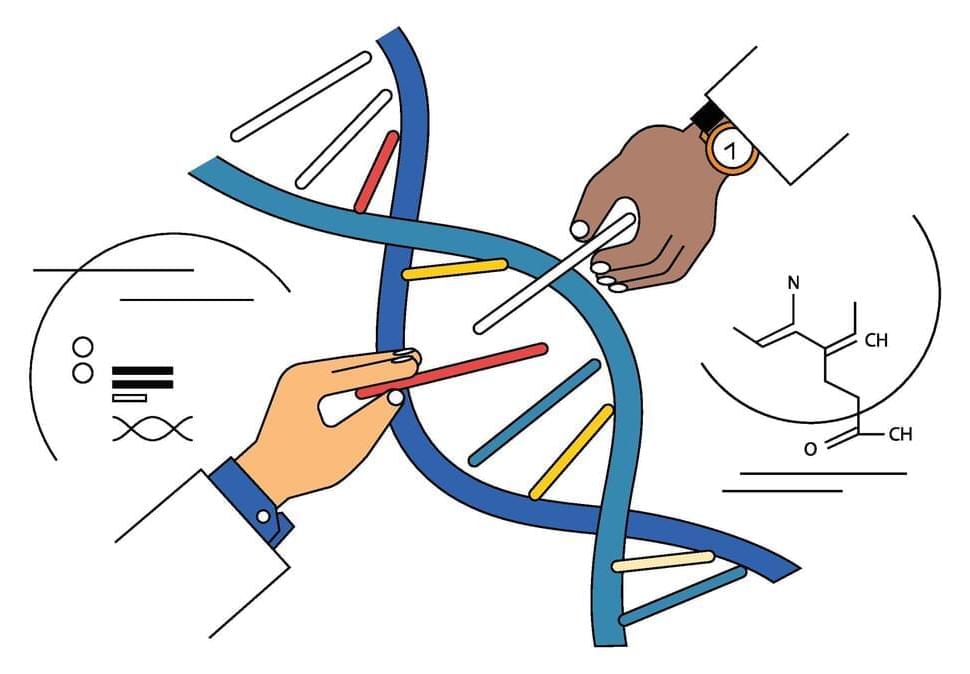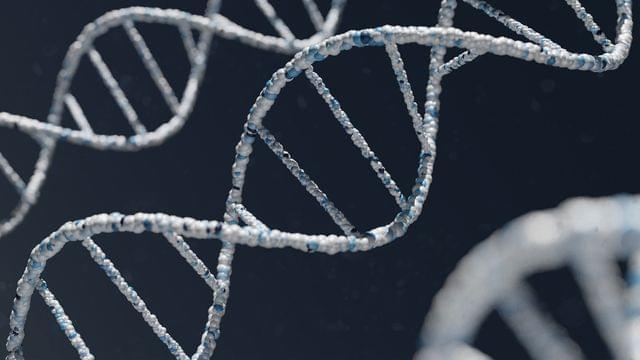Most of us who’ve reached middle age have noticed a slowing in memory and cognition, but scientists don’t have a clear picture of the molecular changes that take place in the brain to cause it.
Now, a study in mice has determined that the most pronounced changes occur in the white matter, a type of nervous system tissue that’s integral to transmitting signals across the brain. The study also examined two treatments — caloric restriction and infusions of plasma from young mice — that affect certain regions of the brain, with the plasma appearing to slow the age-related decline.
The results offer insight into the cognitive decline of normal aging, as well as the way aging contributes to neurodegenerative conditions such as Alzheimer’s and Parkinson’s diseases and multiple sclerosis.






